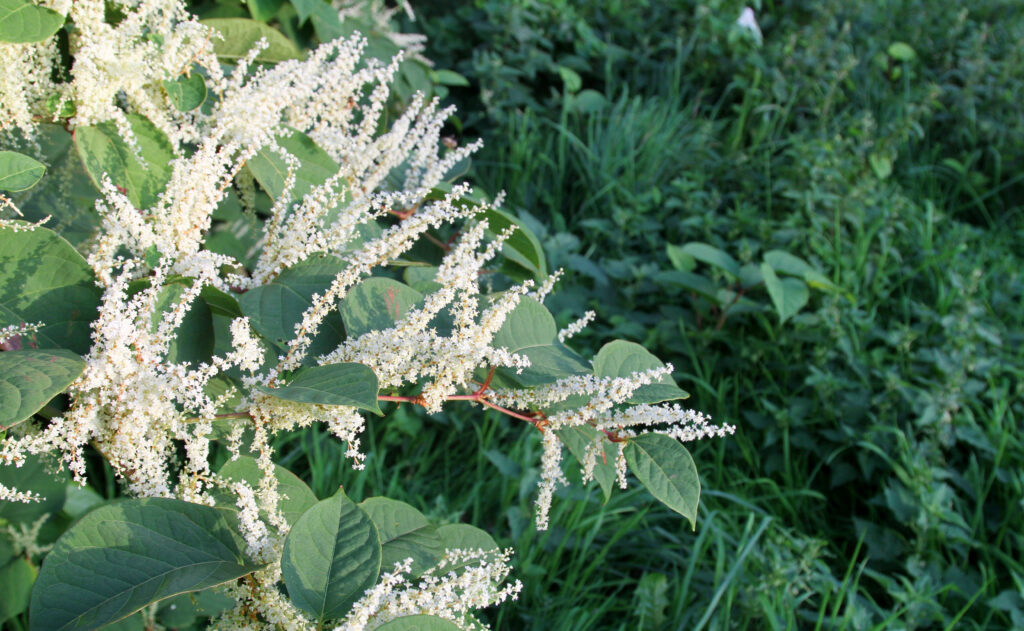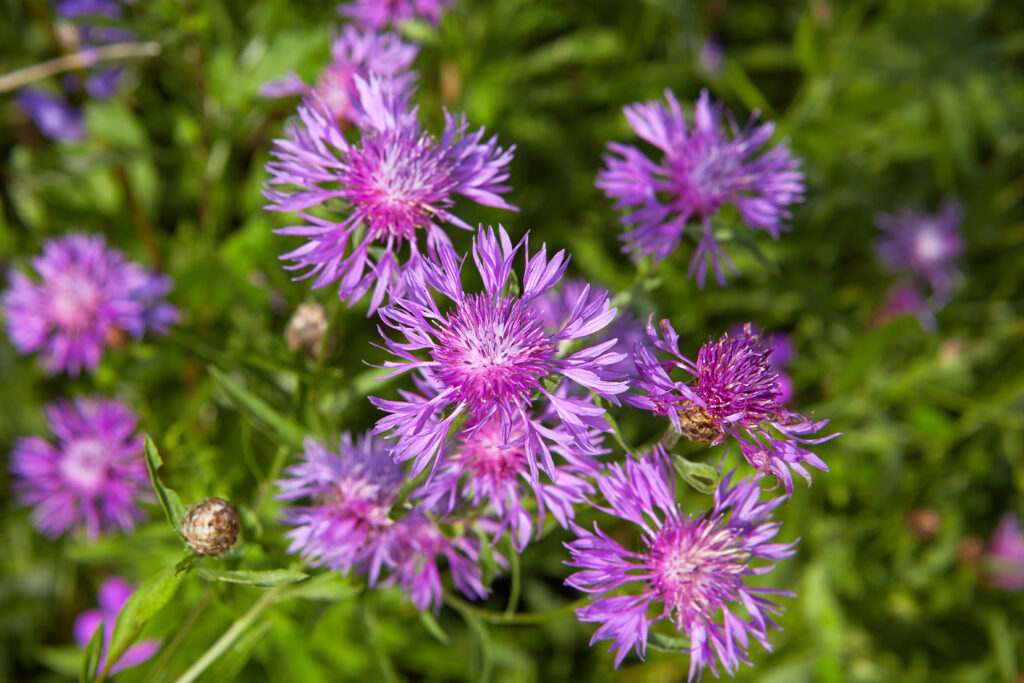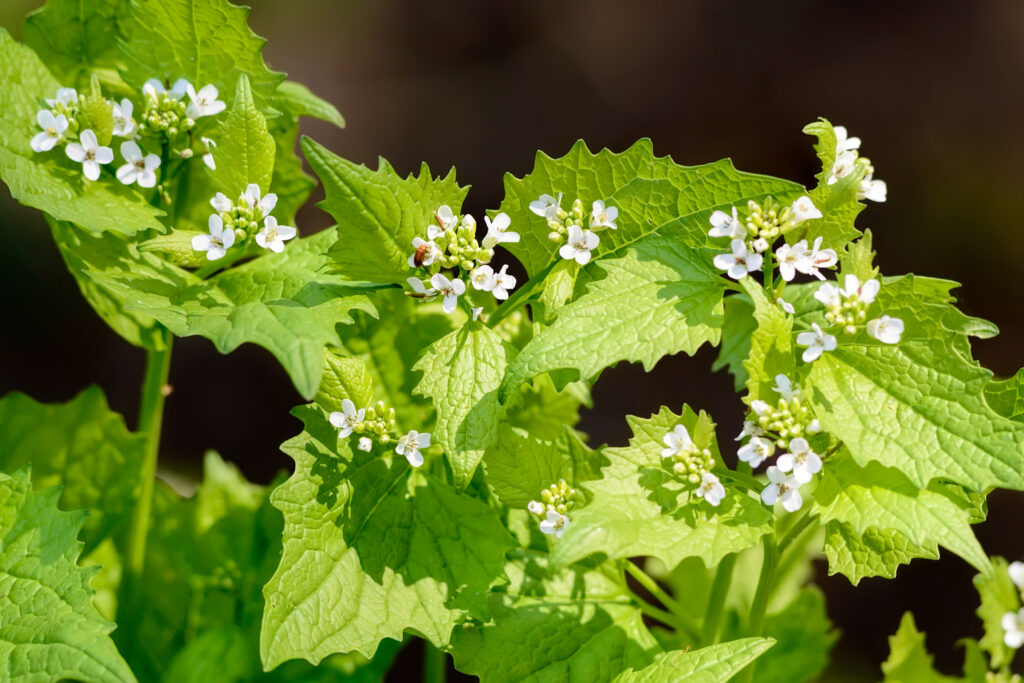Jessica Kirkwood was driving through Bluff Park on Galiano Island, when she noticed a thick, tan-coloured snake coil up and hiss at her through her truck. She took a video and posted it to the BioGaliano Facebook group, a local grassroots project aimed at identifying all the species on the island.
At first, reptile experts were perplexed. One herpetologist HerpetologistA scientist who specializes in the study of reptiles and amphibians. identified it as a Pacific gopher snake—unusual, because the species’ range is largely in California, and the species hadn’t been seen in Canada since 1957.
Kirkwood’s finding is just one example of an everyday citizen making a remarkable contribution to science. Her video could instigate further research into the rare snake, which could usher in provincial or federal protections.
“Nobody should ever think ‘Huh, is what I'm looking at important enough to make a record of,’” says Brian Starzomki, a conservation biologist at the University of Victoria. “It's all important, because you don't know, for example, if you're making the first observation of a brand-new invasive species in your neighborhood, or if you see an endangered species that nobody's seen for a century.”
Starzomski uses data from citizen science platforms in his own biodiversity research. With an app called iNaturalist, anyone can upload a photo of say, a flower, insect, or lichen, and an AI algorithm will spit out an identification.
It’s a great way for citizens to get acquainted with the wildlife in their neighborhood, and experts can also weigh in for species that are hard to identify. The platform also forms a gargantuan database for life on the planet.
Using iNaturalist, Starzomski’s lab group has discovered an entirely new species of collembola, a type of proto-insect, as well as documented the first case of Edwards’ fritillary butterfly in the province. He’s also documented new invasive species to the BC, as well as found endangered species in unexpected places.
iNaturalist is probably one of the world’s largest community science databases, but community science projects come is all forms and sizes.
For bird enthusiasts, eBird is one of largest and oldest platforms, and the Audubon Christmas Bird Count is the biggest citizen science event in the world. Community scientists can also get involved with reporting cetacean sightings, documenting Butterflies In My Backyard, or gathering data on bats.
Outside of reporting wildlife sightings, citizens can help restore biodiversity in their own backyards.
Knotweed, for example, chokes out native plants such as salmonberries or ferns, and the Invasive Species Council has developed management guides on key invasive species. Now, everyday citizens have been crucial in keeping these plants out of their neighborhoods.



BC Invasives also includes a network of local invasive species-removal volunteer groups across the province, and Wild Coast Ecological Society is aimed at habitat restoration on BC’s southern coast. Report Invasives BC, an app and online tool, also allows citizens to report and track invasives moving across the province.
Starzomski says that it’s an exciting time for everyday citizens getting involved in biodiversity research or restoration. “Anybody can make a contribution to a better understanding of biodiversity.”
Curious for more science behind biodiversity and climate change?
Explore solutions for regenerating our planet on Change Reaction.
